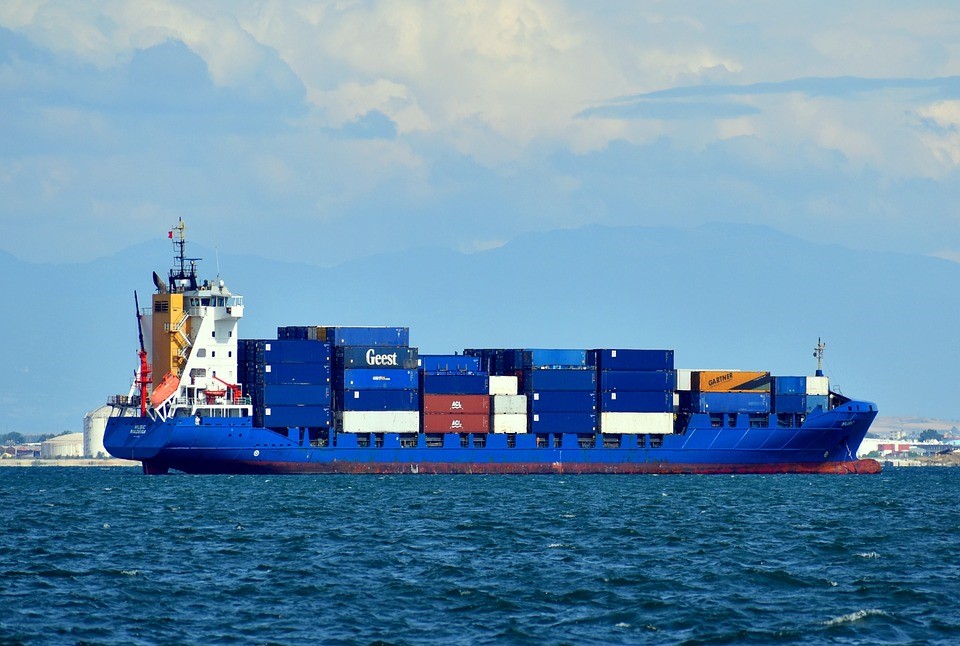
How can I determine whether a proxy agency possesses the necessary legal qualifications?
A professional import and export agency must possessThree core qualifications:
- "Registration Form for Foreign Trade Operators" issued by the Ministry of Commerce
- Customs Registration Certificate for Declaring Entities registered with the General Administration of Customs
- Import and export foreign-exchange receipt and payment qualifications filed with the State Administration of Foreign Exchange
As required by the 2025 new regulations of the General Administration of Customs, all agencies must pass the AEO certification re-audit. It is recommended to request the other party to provideScreenshot of the customs credit rating disclosure for the past 3 months, ensuring that there are no records of dishonesty.
What is the specific operational procedure for import and export agency services?
StandardサービスフローComprising five stages:
- Preparation Phase
- Sign a tripartite agency agreement (Principal – Agent – Supplier/Procurement Party)
- Apply for IC card authorization at the Customs e-Port
- Logistics Execution Phase
- Trade Term Conversion (e.g., FCA to DAP)
- Cross-border Transportation Solution Design
- Document processing stage
- Prepare commercial invoice, packing list, and certificate of origin
- Review of Declaration Element Compliance
What items are included in the agency fee? Are there any hidden charges?
The fees charged by a legitimate agency should include:
- Basic Service Fee (0.8%–1.5% of cargo value)
- Bank service fee (RMB 200–800 per transaction)
- Document preparation fee (RMB 500–1,500 per set)
Special attention is requiredThree potential fees: Demurrage arising from customs classification disputes, storage charges due to no one taking delivery at the destination port, and exchange gains or losses caused by currency fluctuations. It is recommended that the contract clearly specify which party bears these costs.
How to handle unexpected risks during customs clearance?
Implementation by Customs in 2025Intelligent Deployment and Inspection SystemAfterwards, it is recommended to adopt the following risk prevention and control measures:
- Prepare in advanceResponse Plan for Technical Barriers to Trade(e.g., the latest version of the EU CE certification)
- EstablishCompliance Database(HS code dynamic updates, restricted/prohibited catalog monitoring)
- PurchaseComprehensive Import and Export Insurance(covering the entire process of transportation, warehousing, and customs clearance)
What should small and medium-sized enterprises do if they don’t have import-export rights?
can be accessed viaDual-header customs declarationMode Operation:
- The agency company serves as the operating entity (shown in the top-left corner of the customs declaration form).
- The entrusted enterprise serves as the consignee (shown in the upper right corner of the customs declaration).
2023 customs data shows that this model accounts for 63% of the nation’s agency import and export business and requires special attentionDesign of Foreign Exchange Receipt and Payment Routes, to avoid triggering anti-money-laundering monitoring.
How to ensure progress輸出稅還付Security compliance?
Need to establishTrinityRisk Control Mechanism:
- Frontend Review (Supplier VAT Special Invoice Authenticity Verification)
- プロセス監視(通関申告書とVATインボイスの品名?數量?金額が「三一致」すること)
- Post-hoc tracing (input VAT credit refund ledger management)
How do I handle special items (such as medical devices)?
2025 Medical Device Import and Export New Regulations Require:
- Must be providedMarketing Authorization Certificate from the Country of Import
- ImplementationUnique Device Identification (UDI)Traceability Management
- High-risk products requireEntry through designated ports(e.g., Shanghai Pudong International Airport)
How can you assess the actual service capabilities of an agency?
It is recommended to examine from three dimensions:
- Industry Experience: Have you handled similar products? (Please provide three successful case studies.)
- Service Network: Does the overseas customs clearance partner network cover the target market?
- Emergency Response: Is there a 24-hour customs emergency response team?
What are the differences between cross-border e-commerce and traditional foreign trade agencies?
The main differences are reflected in:
- Filing method: Cross-border e-commerce adopts the list-based customs clearance model
- Tax Policy: Subject to comprehensive tax (70% of the combined tariff, VAT, and excise tax)
- Logistics lead time: Require a 72-hour clearance completion rate ≥95%
What major changes will the agency industry undergo over the next three years?
Forecast based on 2025 policy orientation:
- Digital transformation:國際貿易単一窓口3.0システムとの全面的な連攜
- Green trade: Mandatory requirement to provide carbon footprint certification documents
- Localized services: RCEP member states will establish a dedicated service channel


 カスタマーサービスWeChatをフォローしてください
カスタマーサービスWeChatをフォローしてください